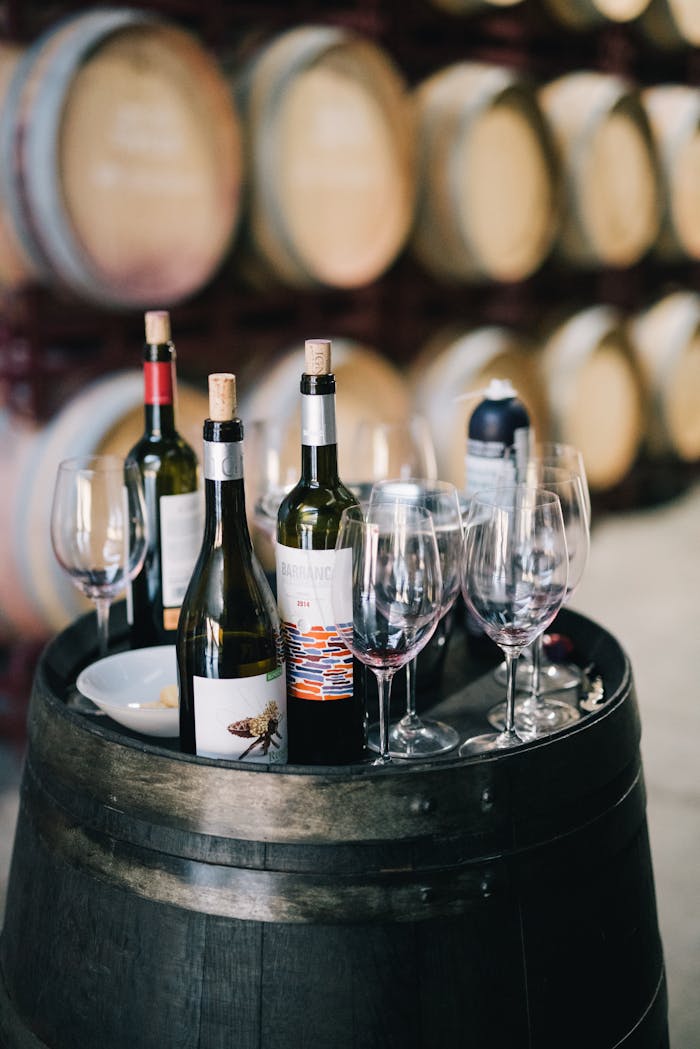Mastering the First Impression
In the highly competitive wine industry, making a lasting first impression is essential. Whether you are introducing a new brand to an international market, launching a new vintage, or expanding distribution, how your wine is perceived at first glance can determine its success. In a world where consumers have endless choices, capturing their attention from the very first interaction is the key to building loyalty and expanding market share.
Why First Impressions Matter in the Wine Business
The wine market is not just about taste—it’s about storytelling, branding, and emotional connection. When a consumer encounters a wine for the first time, they are influenced by multiple factors:
- Label and Packaging – The design, typography, and colors create an immediate visual impact.
- Brand Identity – The story behind the wine brand influences the purchasing decision.
- Tasting Experience – The first sip must align with the expectations set by marketing and branding.
- Retail and Digital Presence – Whether in a wine shop, a restaurant, or an e-commerce platform, presentation plays a key role in consumer engagement.
How to Create a Memorable First Impression
1. Strong Brand Identity
Before launching into international markets, ensure that your brand tells a compelling story. Consumers are drawn to authenticity—whether it’s a family-run vineyard, sustainable winemaking practices, or a unique terroir. Define what makes your wine brand special and ensure that it resonates with your target market.
2. Label and Packaging Design
A well-designed wine label does more than just provide information; it communicates emotions and values. Whether modern, minimalist, or traditional, your design should reflect the essence of your wine and appeal to the preferences of consumers in different markets.
3. Digital First Impressions
With the rise of e-commerce and digital marketing, many consumers will first encounter your brand online. A professional website, high-quality photography, engaging social media presence, and strong SEO strategy can help ensure that your wine brand stands out in searches and appeals to a global audience.
4. Strategic Positioning in International Markets
Understanding local consumer preferences is crucial when entering international markets. In some regions, consumers may prioritize organic wines, while in others, prestige and heritage play a larger role. Adapting your branding and marketing strategy to different cultural expectations ensures a strong first impression across markets.
5. Consistent Quality and Customer Experience
Beyond aesthetics and storytelling, the quality of the wine itself must deliver on the promises made by its branding. A well-planned tasting event, a knowledgeable sales team, and excellent customer service further enhance the overall perception of your wine brand.
Final Thoughts
In the wine business, mastering the first impression is not just an art—it’s a strategy. Whether appealing to new consumers, importers, or distributors, a strong and memorable introduction ensures that your brand thrives in both local and international markets. By focusing on brand identity, presentation, digital presence, and consumer experience, wineries can successfully position themselves for long-term growth in the ever-evolving global wine industry.
Are You Ready to Make a Lasting Impression?
If you’re looking to expand your wine business and ensure a powerful first impression in international markets, investing in branding, design, and strategic positioning is essential. Reach out to discover how to craft a winning strategy for your wine brand today.



